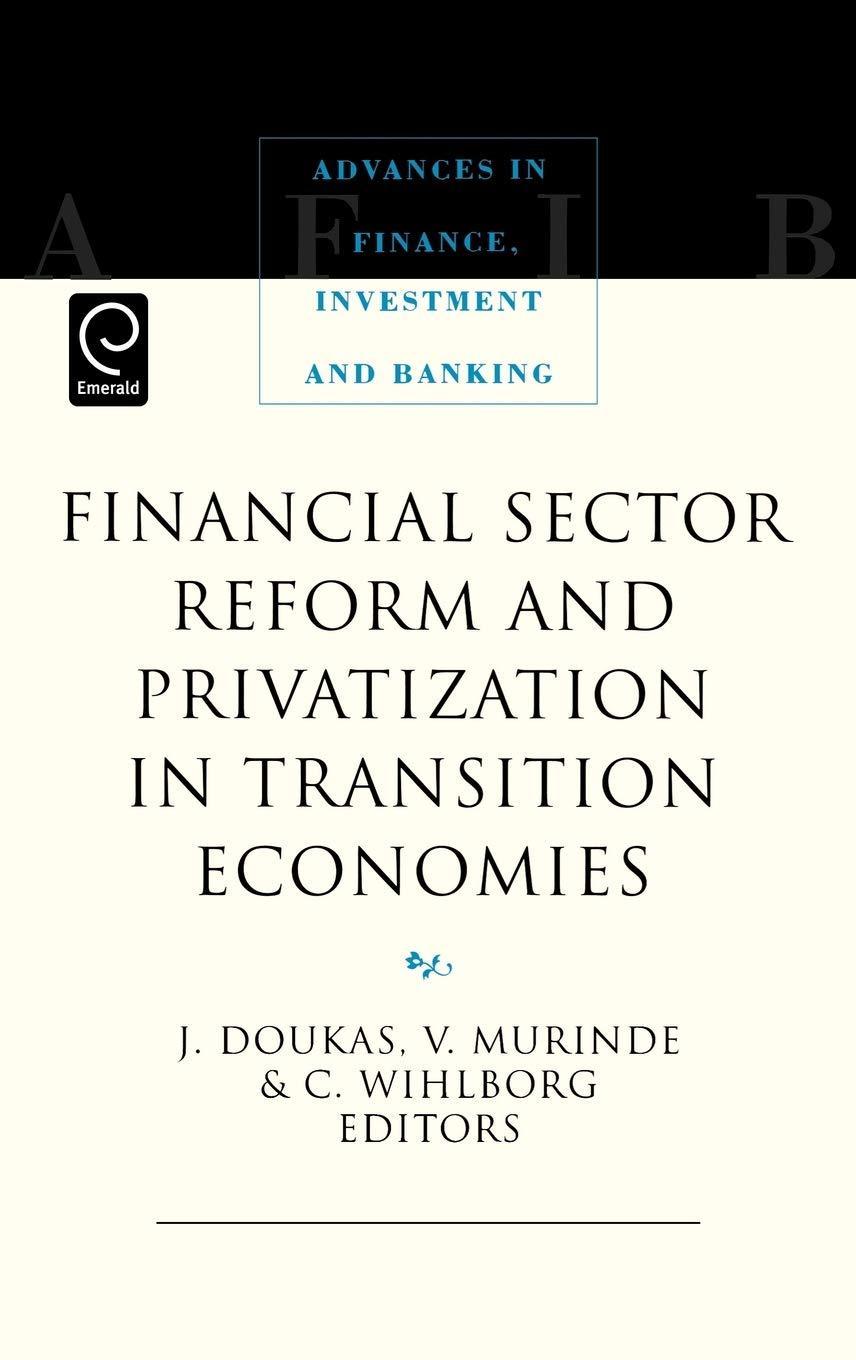Question
The companys stock is hundred percent owned by its several cofounders, and the current market price of each of the 500,000 shares of stock is
The companys stock is hundred percent owned by its several cofounders, and the current market price of each of the 500,000 shares of stock is $20. When you started your work, you were immediately assigned a big project. You were asked to evaluate a new investment project: opening a new Coffee Cup location in Pomona. Specifically, you were asked to analyze the projected sales revenues and costs and advise your boss on whether the project could be profitable. Below is the information regarding the project: Project life 6 years Initial investment raised solely from equity $1,206,000 Number of Coffee Cup customers, per year Out of this number, 75% are adults, and 25% are children. 100,000 Average price that an adult customer pays in year 1 This amount will be growing by $0.50 each following year $6 Average price that a child customer pays each year $3 Cost of preparing food and drinks and other variable costs, per each customers meal $1 Equipment rental and other fixed costs, per year $200,000 Systematic risk (i.e., Beta) of the project 1.17 Corporate tax rate is 34%. The project will fully depreciate on straight line over 6 years. You also know that Coffee Cup has three main competitors in the coffee industry, also owned fully by their respective cofounders: Coffeebucks, Coffee Bean, and Petes Coffee. All but Coffeebucks are comparable in size to Coffee Cup, with Coffeebucks being roughly twice the size. Coffeebucks returns are not as prone to economy-wide up or downturns when compared to the returns on an average stock in the economy, and so its systematic risk, measured by Beta, is only 0.657. For Petes Coffee, though, the systematic risk is higher, with the Beta of 1.051, and it is even higher for Coffee Bean and equals 1.255. You did some research and figured out that the market risk of Coffee Cup reflects the average risk of the competitors. Your boss also gave you some data that might help you in your analysis on annual returns of the US Treasury bills which are viewed as the riskless asset, as well as for the market portfolio proxied by Standard & Poors 500 index: State of the economy (all equally likely) Annual returns (%) Treasury bills S&P 500 Boom 4 25 Normal 4 12 So-so 4 1 recession 4 -3 Based on the above information, answer the following questions: Question 1. (4 points) After analyzing the Coffee Cup companys performance over the past years, you have concluded that the companys stock correctly reflects the amount of systematic risk that it has. Based on this, what expected annual rate of return on the companys equity do investors require that would correctly compensate them for the amount of systematic risk? Calculate and explain. Question 2. (3 points) What is the weighted average cost of capital for the proposed investment project? Is the project as risky as the company? Calculate and explain. Question 3. (5 points)Would you recommend your boss to accept or reject the project? Calculate the net present value of the proposed project and explain all calculations. Question 4. (3 points) How will the systematic risk of the company change if the project is accepted? For that you can use the information given earlier about the companys current capital structure, and the fact that another $1,206,000 worth of equity would be raised to cover the initial cost of the project. (Hint: you can view the company with the project as a portfolio.) Explain and show all necessary calculations. Question 5. To impress your boss with your finance knowledge, you did an extra research regarding the possible debt financing of the project. After many sleepless nights spent on research, you came to conclusion that paying for the initial investment of the project with equity alone is not optimal. You believe that financing two third of total initial investment by debt and only one third by equity would be a good target debt-equity ratio, and that using it would maximize the value of the Pomona Coffee Cup project. The debt would be free of risk and thus has the same expected return as the risk-free asset. It is interest-only bonds, which means that they will require interest payments for six years, and the principal will be fully repaid at the end of the sixth year. (a) (5 points) What is the current value of the Pomona Coffee Cup project using the Adjusted Present Value (APV) approach? Calculate and explain. (b) (5 points) What is the current value of the Pomona Coffee Cup project using the Cash Flow-to-Equity (FTE) approach? Calculate and explain. (c) (5 points) Finally, what would be the current value of the project based on the Weighted Average Cost of Capital (WACC) approach? Calculate and explain. EXTRA CREDIT (10 points) Question 7. Would your answers to Question 6- (a), (b) and (c) above change if the debt instead looked like an amortizing loan, with fixed total annual payments? (You can review what amortizing loans look like in Ross, Westerfield, Jordan textbook that you used in FRL300 class, or use other sources.) Explain all changes in (a), (b), and (c), and show and explain all appropriate calculations. Which of the two loan types interest-only loan or amortizing loan would be better for the company to use?
Step by Step Solution
There are 3 Steps involved in it
Step: 1

Get Instant Access to Expert-Tailored Solutions
See step-by-step solutions with expert insights and AI powered tools for academic success
Step: 2

Step: 3

Ace Your Homework with AI
Get the answers you need in no time with our AI-driven, step-by-step assistance
Get Started


